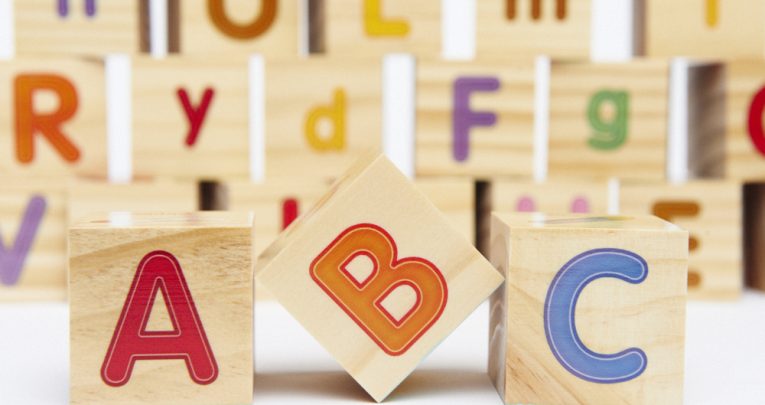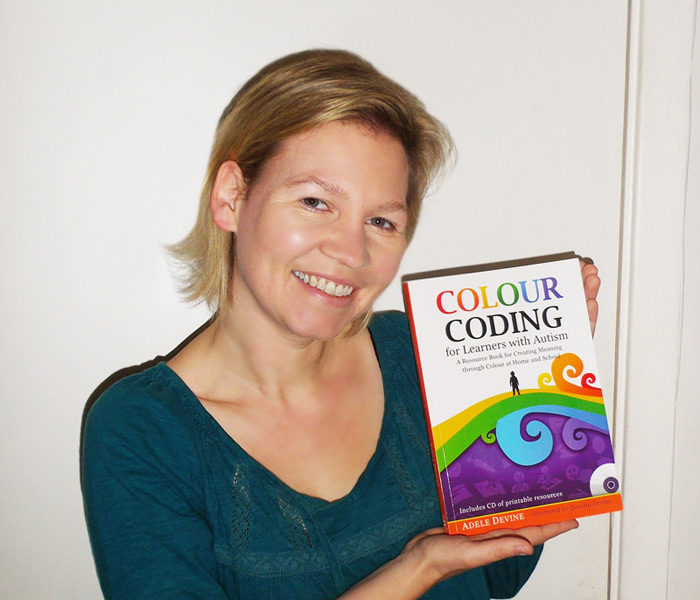An A to Z of Early Years Inclusion

There’s always something you can do to make your classroom more welcoming

- by Adele Devine
- Early years and SEN specialist, author, keynote speaker and trainer Visit website

Imagine that you are at home snuggled on your sofa. What are the things that make you comfortable? Think about your favourite scents, textures, colours and people…
We are all so unique in our likes and dislikes, and homes reflect this. There is no universally accepted ideal living environment.
So is it possible to create a learning environment where every child feels comfortable (a truly inclusive space to play and learn)?
Atmosphere
Create a calm, loving, nurturing and supportive atmosphere. Genuinely happy staff, who crouch to a child’s level and smile brightly, help children feel welcome, warm and safe.
Bubbles
When a child finds settling tricky, sit nearby and blow bubbles. Do this in a quiet, non-demanding way. Bubbles can gain the child’s attention and help establish trust.
Climbing frame
Redirect the child who climbs on radiators or tables to a climbing frame in the classroom. This allows them to get positive feedback rather than a negative “Stop!” or “Get down!”.
Dark den
Sometimes children need a sensory bolthole. Providing a dark den allows them to escape while they build up tolerance and trust.
Environment
Think about ways to tone down visual stimulus, reduce glare from sunlight and noise. Create quiet areas and think of ways to establish a sense of calm. A place for everything and everything in its place…
Fun
Enjoy yourself! Blow up a balloon and let it go, or throw a ball up higher and higher. You will gain and sustain children’s attention when they see that you are engaged and having fun.
Gesture
To help communicate meaning, learn some Makaton together. Using simple signs helps draw the child’s attention and helps them to decode what we are saying. Try watching CBBC’s ‘Something Special’ or Singing Hands on YouTube.
Home visits
Home visits help build a trusting relationship with both the child and their carers. You see them in their comfort zone and get to know their likes and dislikes, anxieties and comforters.
Intensive Interaction
Think about how a mother interacts with her newborn baby, responding to facial expressions, movement and sounds. Allow the child to remain in their comfort zone and become part of their play.
Justice
Ensure that all children are treated equally and no one child dominates an activity or always gets the most attention. Ensure your reactions are as predictable and fair.
Knowledge
After the home visit, create a simple checklist to share information with your team – toys that will settle each child, favourite foods and any dislikes.
Listening
Listen to parents, listen to staff and listen to the child. A child does not need to speak to communicate when they are happy or anxious. Listen and learn about what they love.
Mirrors
Mirrors provide a familiar, friendly face for a child (their own). Establish a communication table with a stock of mirrors, toy telephones, microphones and communication books.
Noise
Perhaps the hum of strobe lights, squeaky doors or the hustle and bustle of transition times is like nails down the blackboard to a child. Provide noise-reducing headphones and find ways to reduce these trigger sounds.
Outside
Outside provides a peaceful space where children can breathe fresh air, recharge, explore nature and release energy. Provide a photo, symbol or switch with ‘outside’ recorded to enable children to communicate when they want to go out.
PECS
PECS (Picture Exchange Communication System) is a powerful way to help children learn to communicate what they want, and even comment. Have pictures of your snacks, of the toys in the cupboard. Teach the pre-verbal child that they can get swap a picture for something they want.
Quilt
A quilt can be a real comfort to some children. They might use it to cosy up in the book corner or to hide from bright lights. Some children also respond well to weighted blankets, waistcoats or squeeze vests.
Redirect
Don’t tell them “No” – offer a more appealing alternative instead. Shift children’s focus and divert their attention. Respect their needs and provide happy alternatives.
Sensory needs
Some children love to rip displays, squeeze into tight spaces or chew toys. Respect sensory needs and find ways to meet them. Provide a box of paper to rip up for a display, and chewys.
Timers
Use sand timers so that the child has a visual way to count down. Build trust by ensuring that the activity does end when the sand has run through.
Unconditional love
When a child knows they are with someone who loves them unconditionally, they start to feel safe. Children are instinctive and love being loved unconditionally for who they are.
Visuals
Establish routine, but also provide a visual timetable so that you can talk through any changes. Some children may need an individual timetable or ‘Now and Next’ schedule.
Wellbeing
Include a yoga session, and practise breathing and meditation. Some children will respond well to these things and continue to use them as strategies to reduce anxiety.
BoX
Forgive the phonetic cheat! Each day we do an amazing session we call ‘Box’. For information on this session structure, look up ‘Attention Autism’ (devised by autism expert speech therapist Gina Davies).
You
Take care of you and reflect on what you all do well, and share this with staff. Be ridiculously positive and optimistic. Your joy and enthusiasm will be catching!
Zones
Zoning activities creates a sense or order. This allows a child to anticipate demands and builds independence. Have a set place for coats and bags, a snack area, music area, book corner, communication table and a quiet sensory area.
Video observation
Before you change anything set up a camera and video the children arriving at the start of the day. Watch the footage back with your team. Get them all to imagine walking in the children’s shoes. How might they feel? Is there any way to improve those first impressions at the start of the start of the school day?
Final thoughts
Many strategies will already be in place in your classroom, but there is always room to improve. Start to add a symbol here, a Makaton sign there and the simplest, most vital support of all – your smile.
My hope is that establishing and building on the supports in this A–Z checklist will help children and staff to feel calm, comfortable and, most importantly of all, happy.
So is it possible to create a truly inclusive learning space? As Audrey Hepburn famously observed, “Nothing is impossible, the word itself says, ‘I’m possible!’”
Learn more
Four websites to support inclusive classrooms…
Adele Devine is an author, teacher at Portesvery School and director of SEN Assist. Follow her on X at @AdeleDevine.










